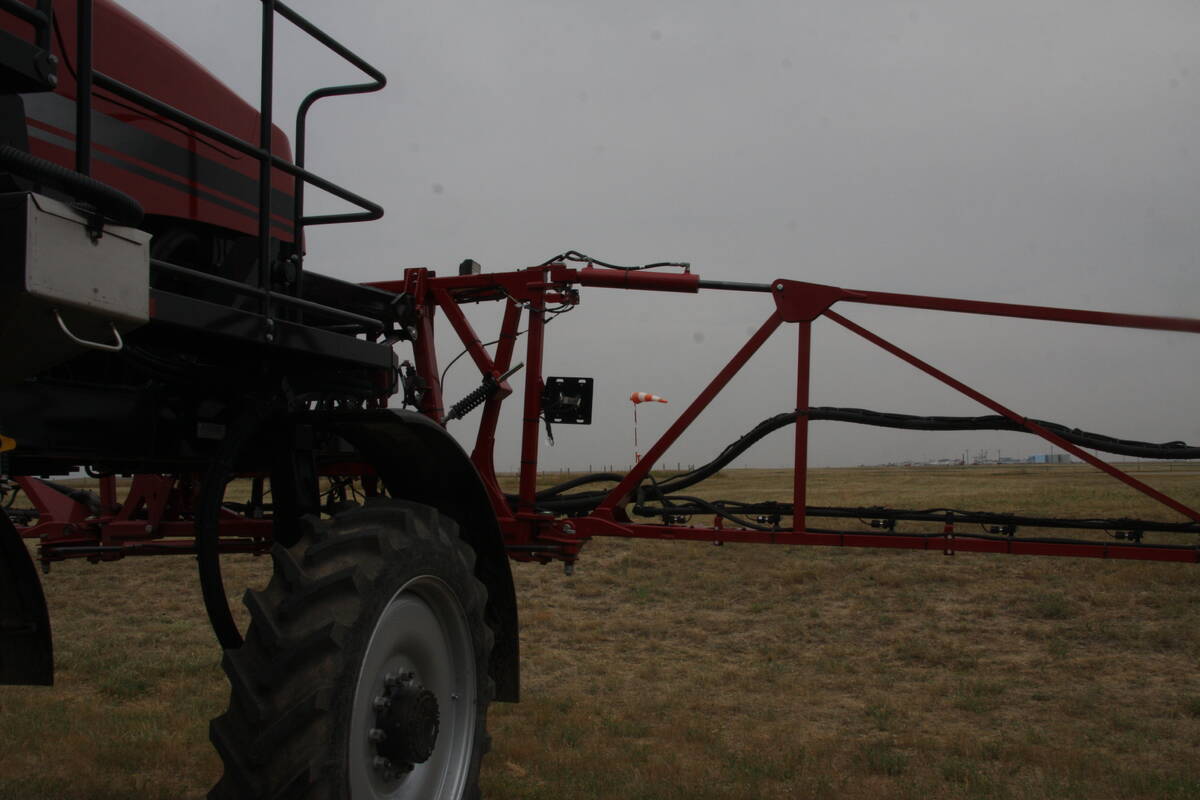RED DEER, Alta. – Controlling weeds on a no-till farm doesn’t mean farmers have to pour on more herbicides.
Higher seeding rates can make a difference, said John O’Donovan from the Alberta Research Council at Vegreville, Alta.
Although most research on using competing plants to keep weeds at bay has been done on conventional tillage systems, researchers are finding some success in the last couple years in fields where zero till or minimum soil disturbance methods have been used.
Management is critical, researchers told about 500 people attending the recent Alberta Conservation Tillage Society seminar in Red Deer.
Read Also

More work wanted on removing red tape
REGINA — Canadian farmers risk falling further behind competitors if two main federal agencies don’t become more efficient and responsive…
When farmers elect to go to wider row spacing for canola or cereals, weeds are not a serious problem providing seeding rates are kept high.
“Seeding rates are linked in a big way to row spacing,” said O’Donovan.
If rows are widened to 30-45 centimetres, yields are not affected if higher amounts of seed are used.
When researchers grew 40 canola plants per sq. metre, weeds such as buckwheat and cleavers thrived in plots. But when they had 200 canola plants per sq. metre, the weeds were strangled.
If barley is seeded at a rate of four bushels to the acre, wild oat control is satisfactory. Some suggest going as high as six bushels an acre.
Besides row spacing, weather is another consideration.
“In 1995, it was a very dry year and we found we got way less yield loss due to wild oats in the barley due to zero till,” he said.
The barley roots stretched down to the moisture and the wild oats withered, but in a wet year like 1996, wild oats thrived.
Perennial weeds present a different problem.
For weeds such as toadflax, a key control is a pre-harvest application of glyphosate at the recommended rate. Over the years, the concentration can be cut back to half the recommended rate and weed control is maintained.

















